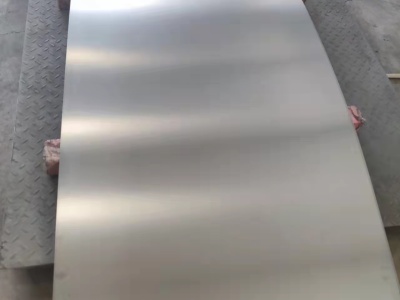Description
Scope of supply for Aviation Group
Forgings, round rods, steel plates, rings, seamless pipes, steel plates/steel belts, capillaries, wire welding materials, welcome to inquire!
1. Introduction to Hastelloy C-2000 Materials
Hastelloy C2000 is a new NI-CR-MO alloy. It increases the chromium content based on C4 alloy and adds copper, which greatly improves the corrosion resistance of the alloy and reducer medium. It is currently an alloy with good resistance to H2SO4 corrosion in this series, but it is not as resistant to intergranular corrosion as C4.
2. Chemical composition of Hastelloy C-2000
| alloy | % | In | Cu | Fe | Mn | C | And | S | Cr | Al | Mo | P | Co |
| Hastelloy C-2000 | Minimum | margin | 1.3 | – | – | – | – | – | 22.0 | – | 15.0 | – | – |
| maximum | 1.9 | 3.0 | 0.5 | 0.01 | 0.06 | 0.010 | 24.0 | 0.5 | 17.0 | 0.025 | 2.0 |
Implementation standards
| Stick | Medium/thin plate | Seamless tube | Welded pipe | Seamless pipe | Forgings |
| ASTM B574 | ASTM B575 | ASTM B622 | ASTM B619 | ASTM B626 | ASTM B564 |
3. The physical properties of Hastelloy C-2000
| density | 8.9g/cm3 |
| Melting point | 1335-1380 ℃ |
Minimum value of mechanical properties of alloys at room temperature:
| state | Tensile strength Rm N/mm | Yield strength RP0.2 N/mm | Elongation A5 % |
| Solid melting state | 690 | 283 | 45 |
4. Hastelloy C-2000 material characteristics
Hastelloy C2000 This alloy is designed to resist more corrosive chemicals, including sulfuric acid, hydrochloric acid, hydrofluoric acid. Unlike the previously optimized Ni-Cr-Mo alloys that can only resist oxidative or reducing acids in a single manner, C-2000 alloy has corrosion resistance to both environments. The combined action of molybdenum and copper (at 16% and 1.6% levels, respectively) gives the alloy excellent resistance to reducing media corrosion, while the high chromium content (23%wt) guarantees resistance to oxidative media corrosion.
It is inappropriate to post-weld Ni-Cr-Mo alloys at about 650°C. Generally, no heat treatment is required after welding, but if stress removal is required, it is recommended to perform complete solid solution annealing at 1149°C and then water quenching.
The thermal processing temperature of the alloy is 1080℃~900℃, and the cooling method is water cooling or other rapid cooling methods. In order to ensure better corrosion resistance, solid solution heat treatment should be carried out after hot processing.
Metallographic structure
Hastelloy C2000 alloy has a face-centered cubic lattice structure, and its chemical composition ensures metallographic stability and anti-sensitization.
Corrosion resistance
Hastelloy C2000 is designed to resist more corrosive chemicals, including sulfuric acid, hydrochloric acid, hydrofluoric acid. Unlike the previously optimized Ni-Cr-Mo alloys that can only resist oxidative or reducing acids in a single manner, C-2000 alloy has corrosion resistance to both environments. The combined action of Mo and Cu (at 16% and 1.6% levels, respectively) gives the alloy excellent resistance to reducing media corrosion, while the high chromium content (23%wt) guarantees resistance to oxidative media corrosion.
5. Hastelloy C-2000 application field
- Acetic acid/acetic anhydride
- Acid soak
- Cellophane manufacturing
- Chlorination system
- Complex mixed acids
- Roller for electroplating tank
- Expansion corrugated tube
- Flue gas cleaner system
- Geothermal wells
- Hydrogen fluoride furnace cleaner
- Incineration cleaner system
- Nuclear fuel regeneration
- Pesticide production
- Phosphoric acid production
- Pickling system
- Plate heat exchanger
- Selective filtering system
- Sulfur dioxide cooling tower
- Sulfonation system

